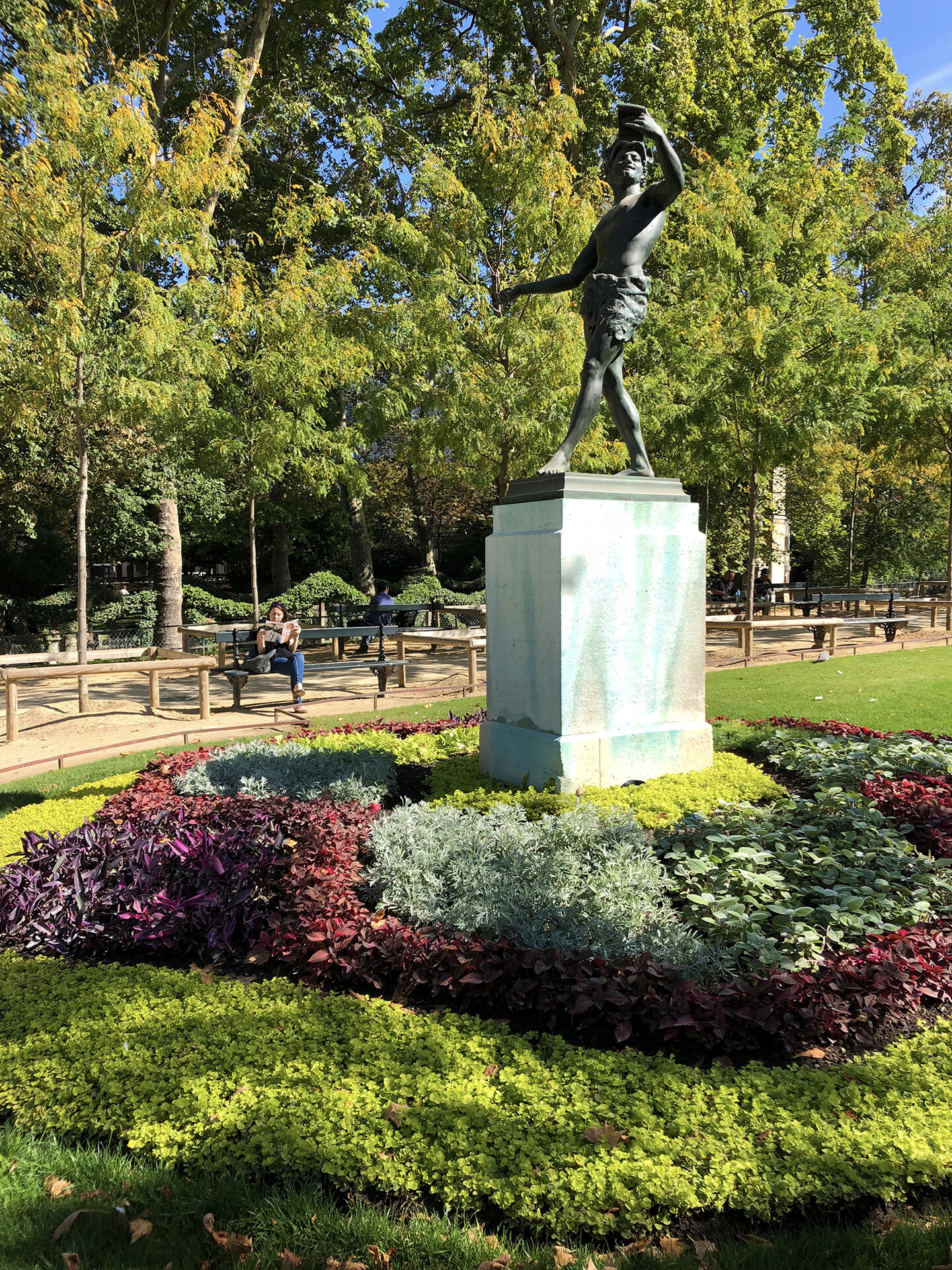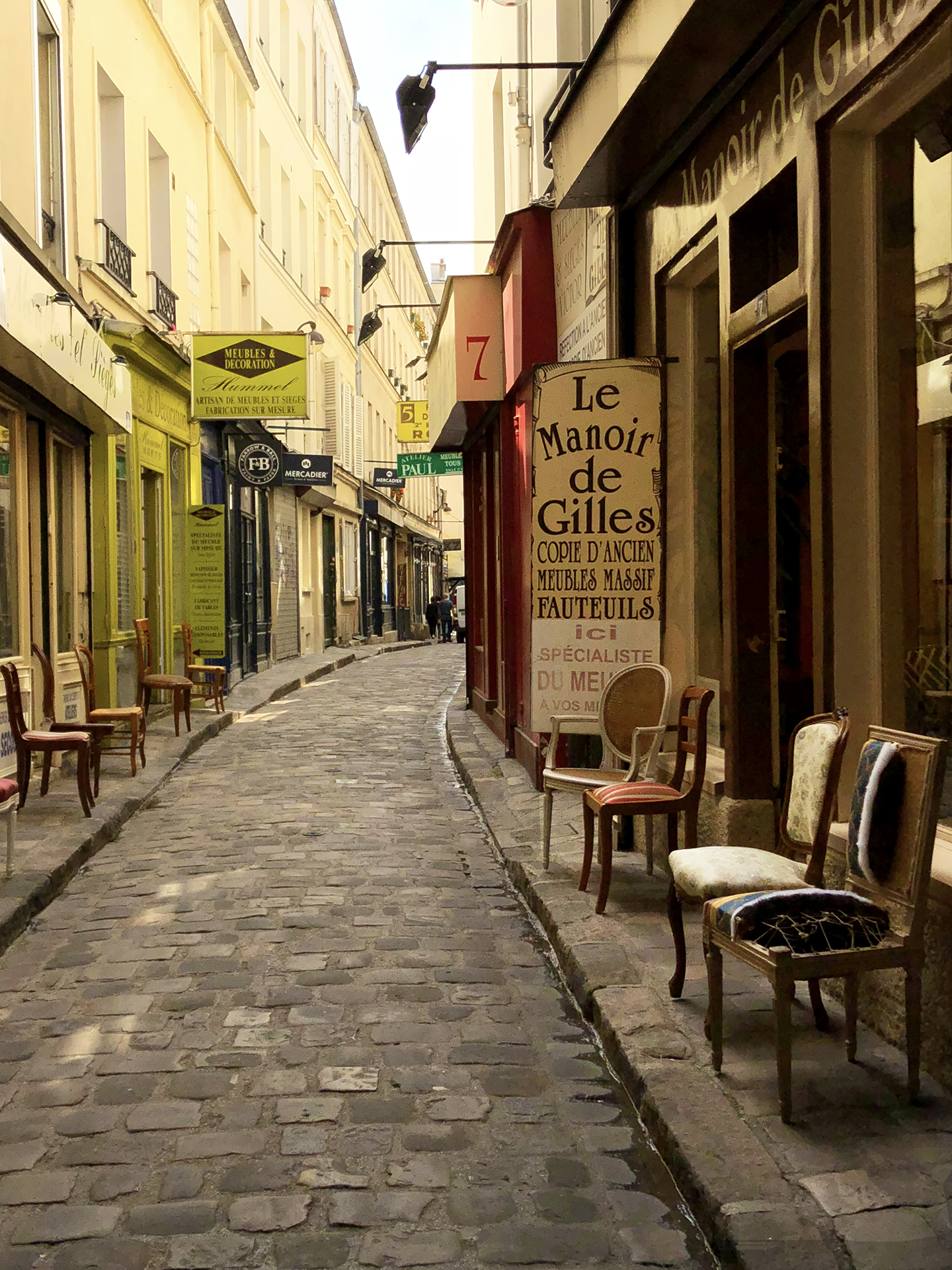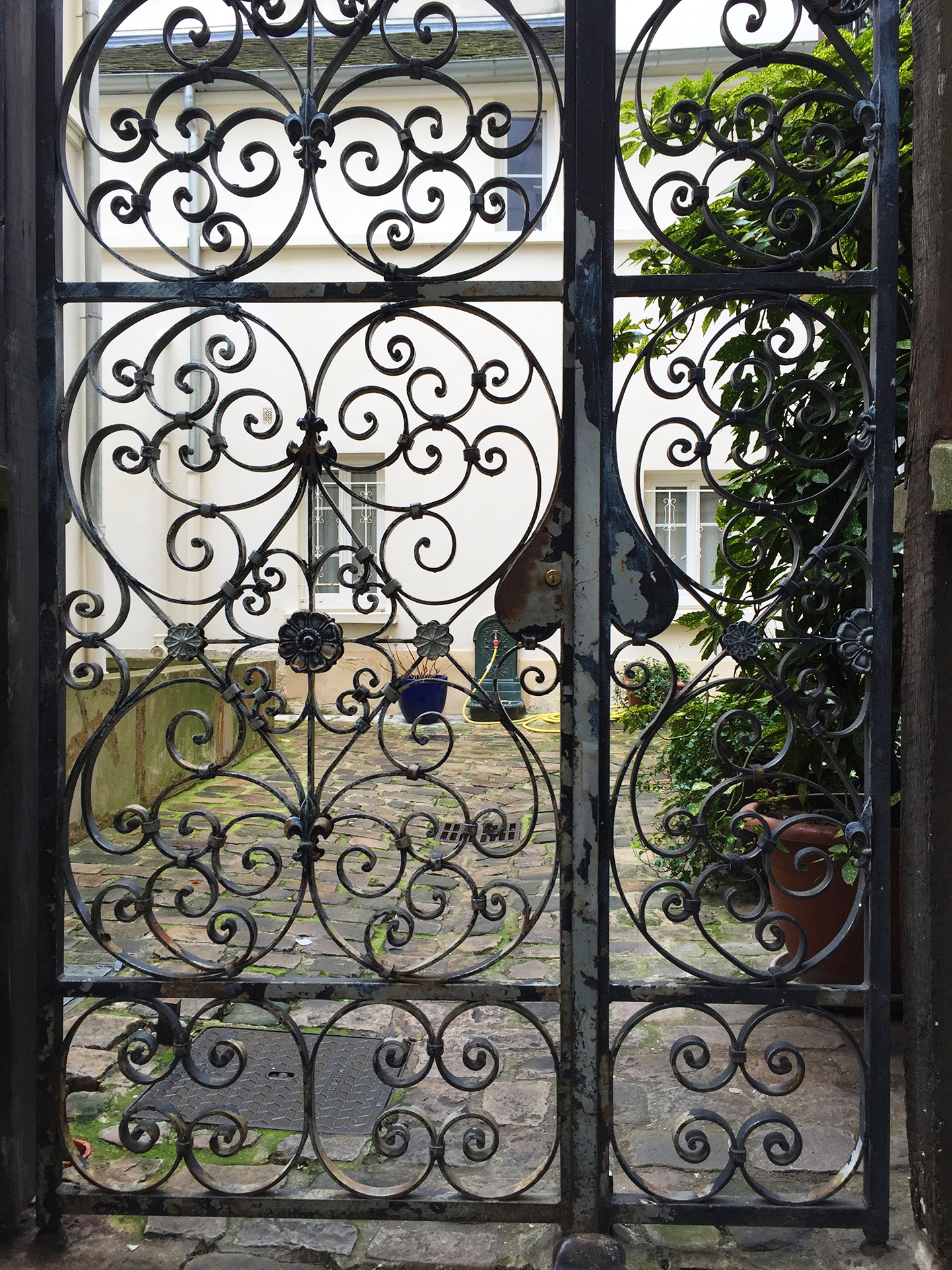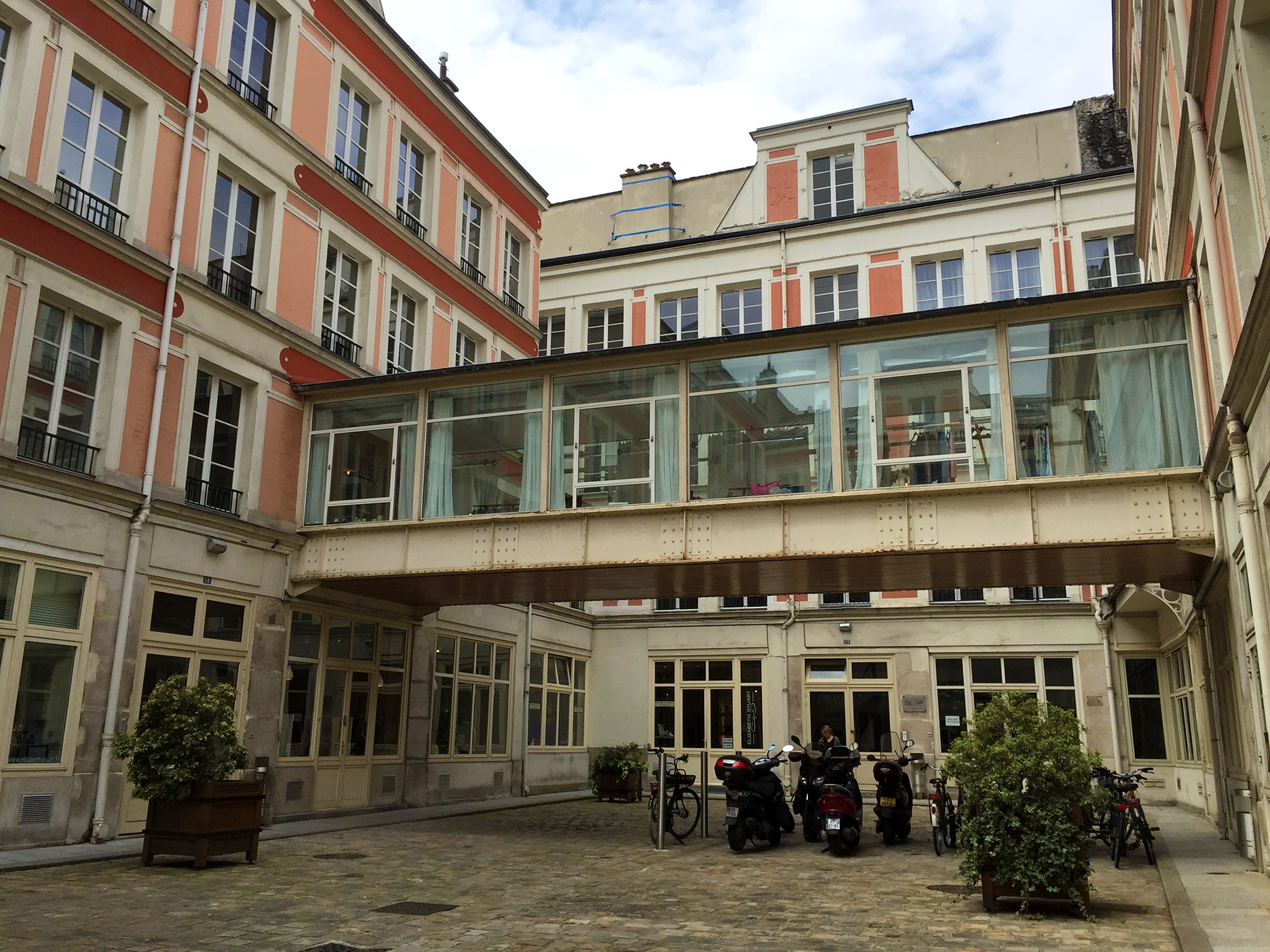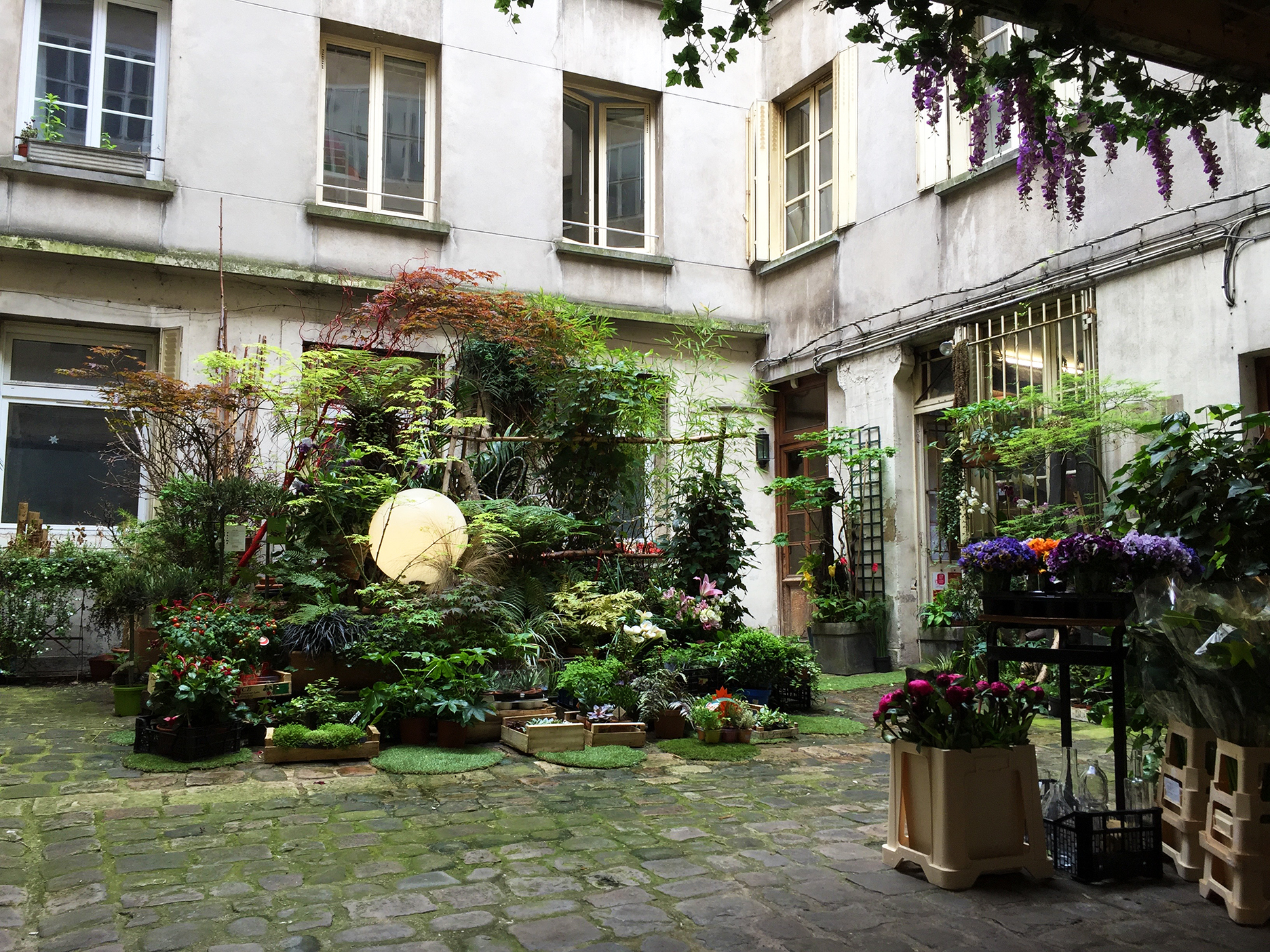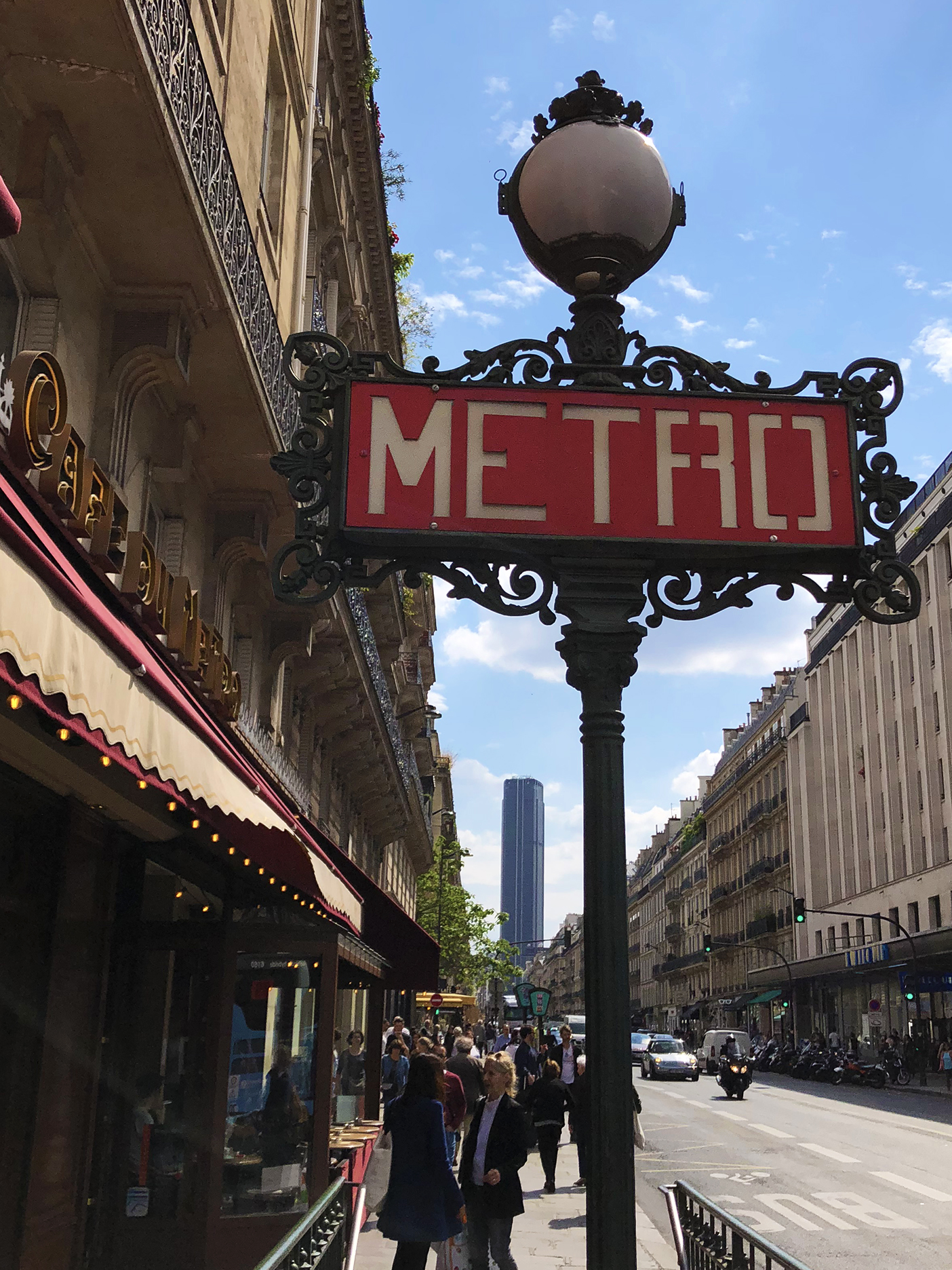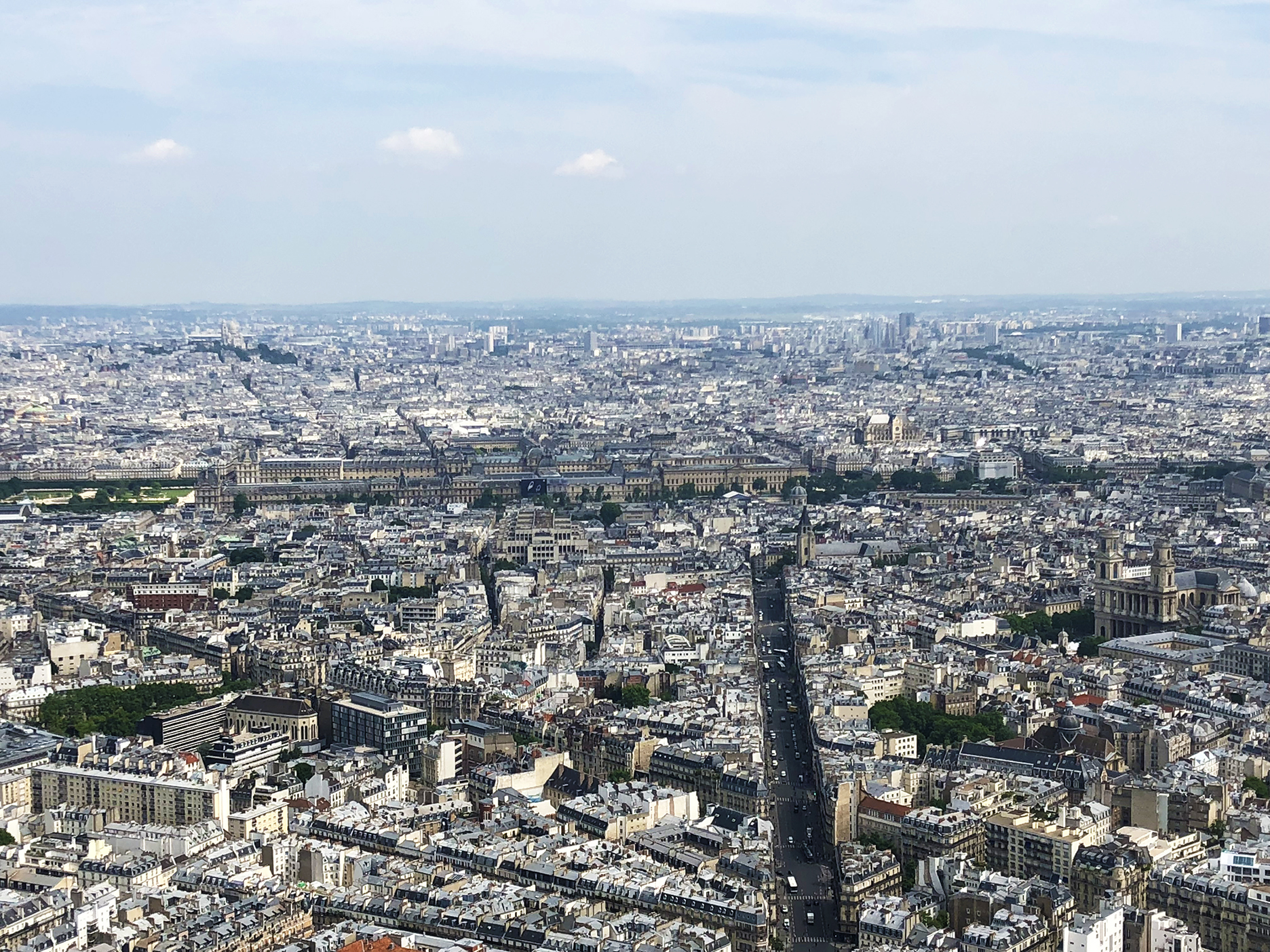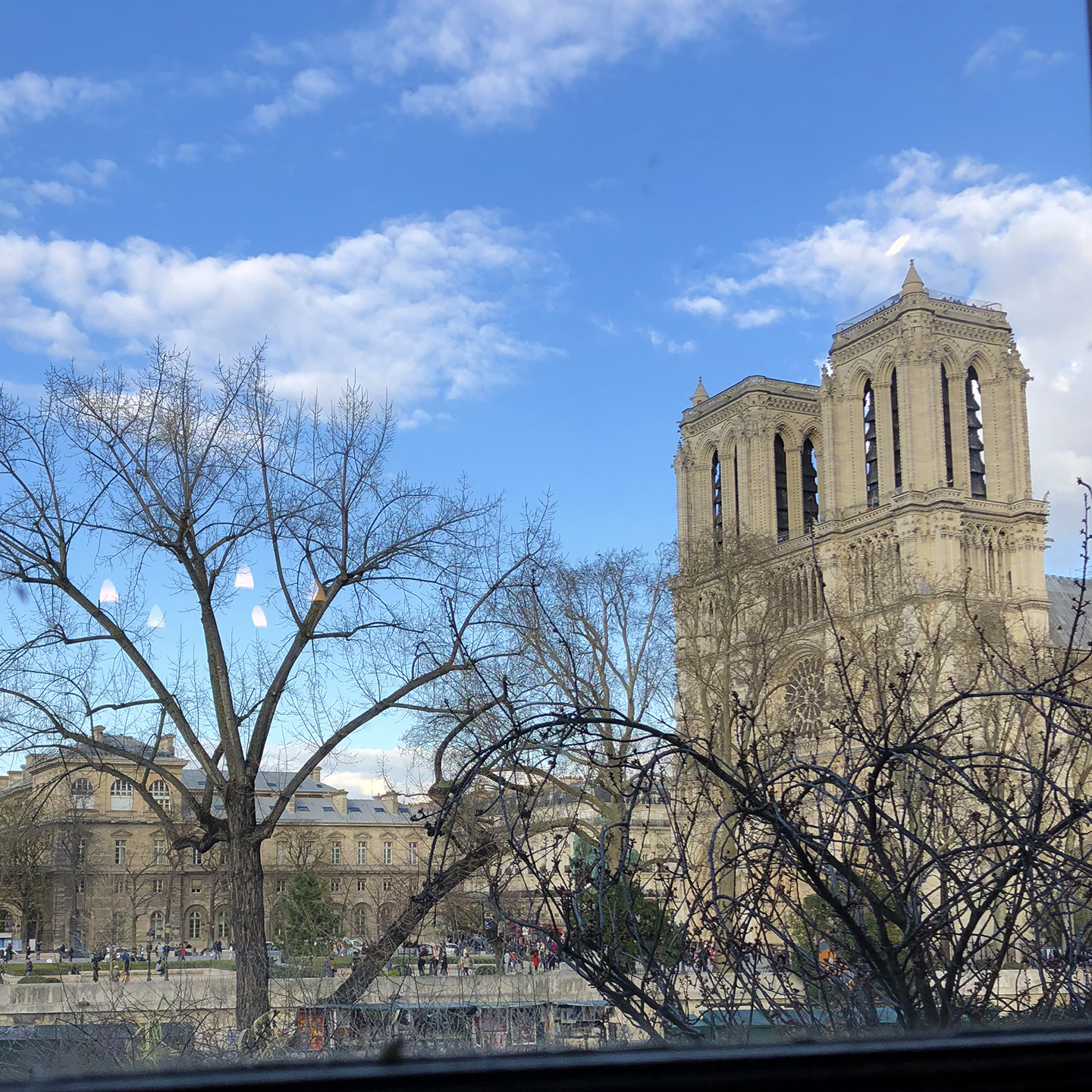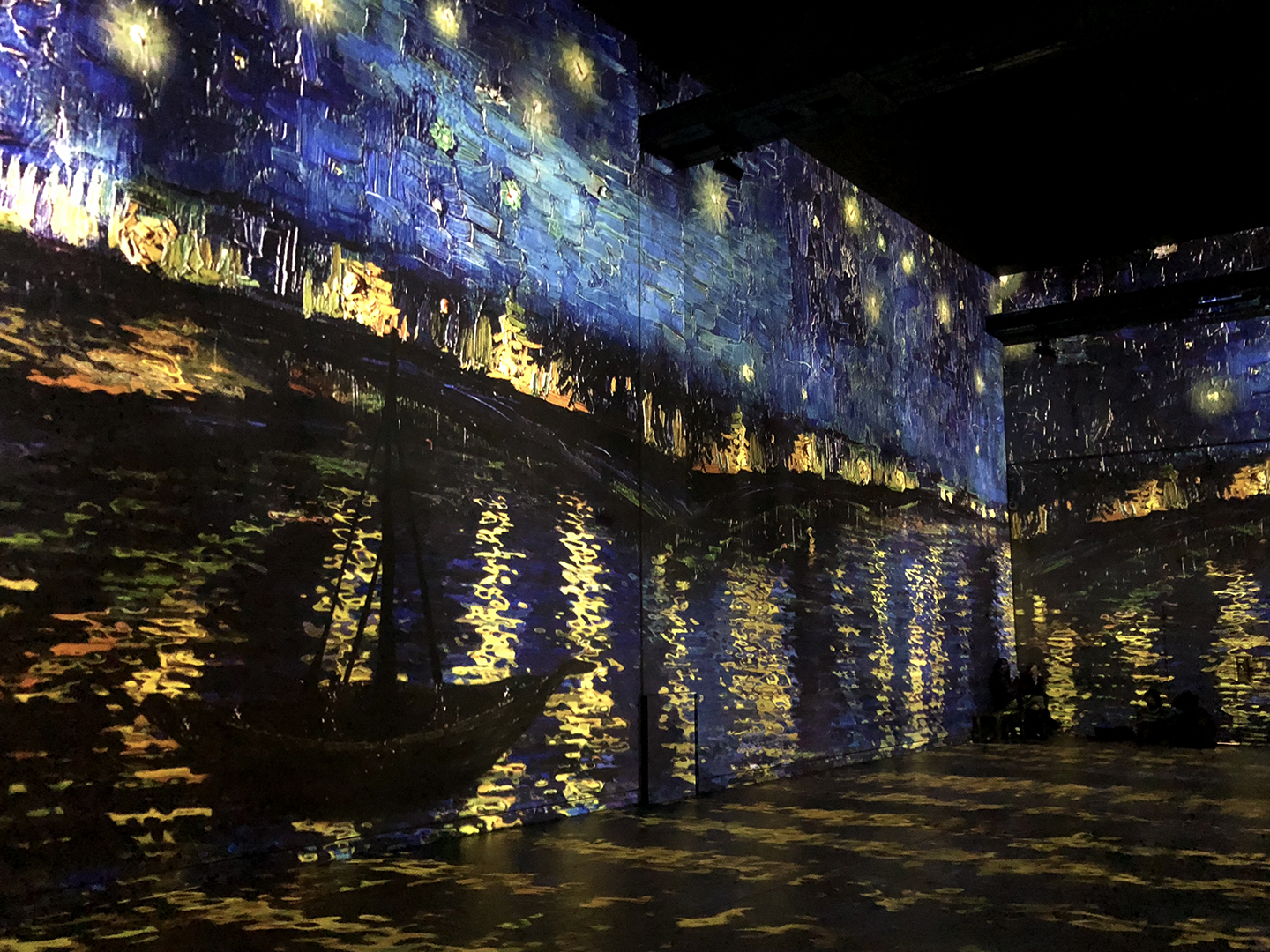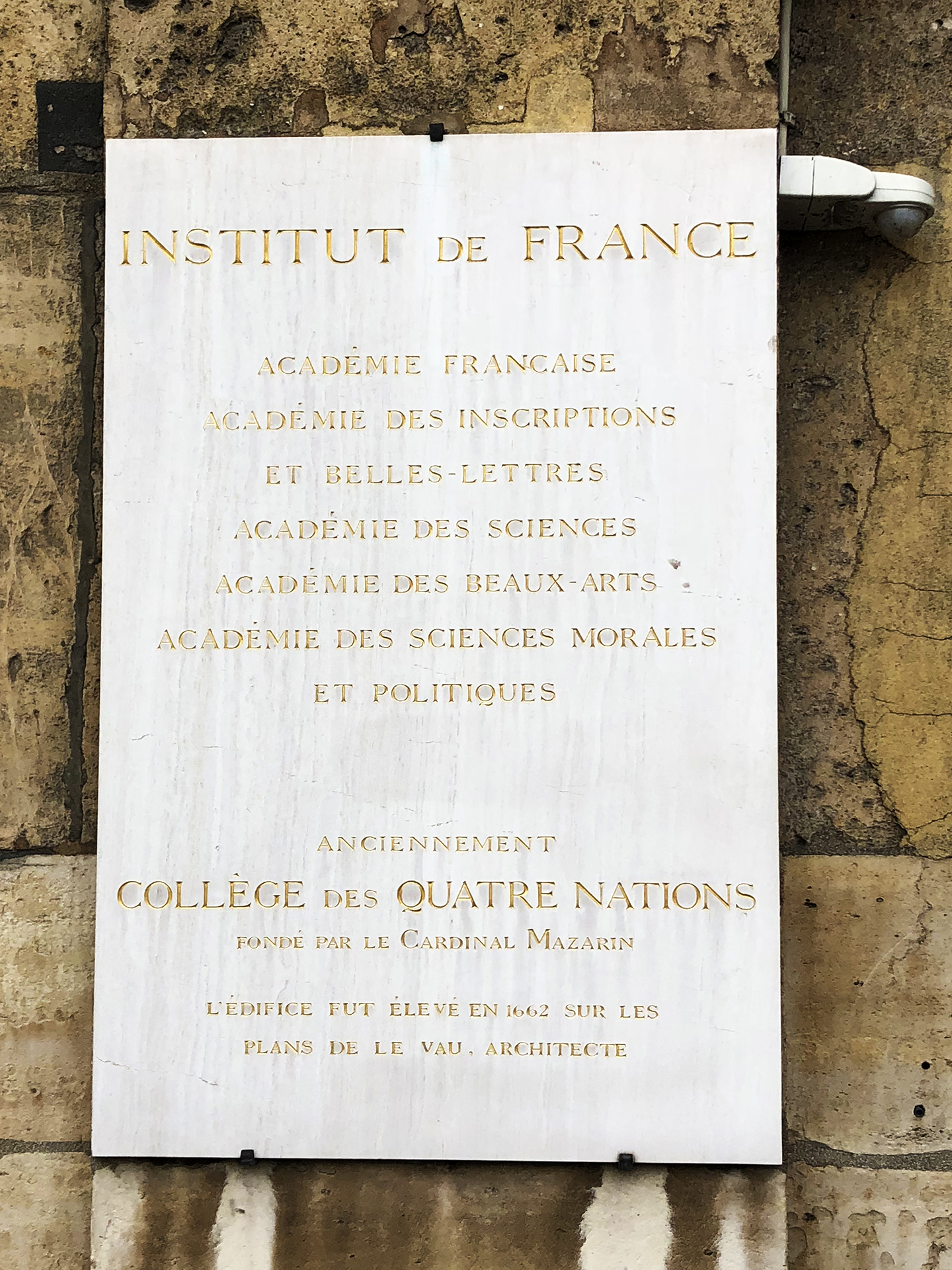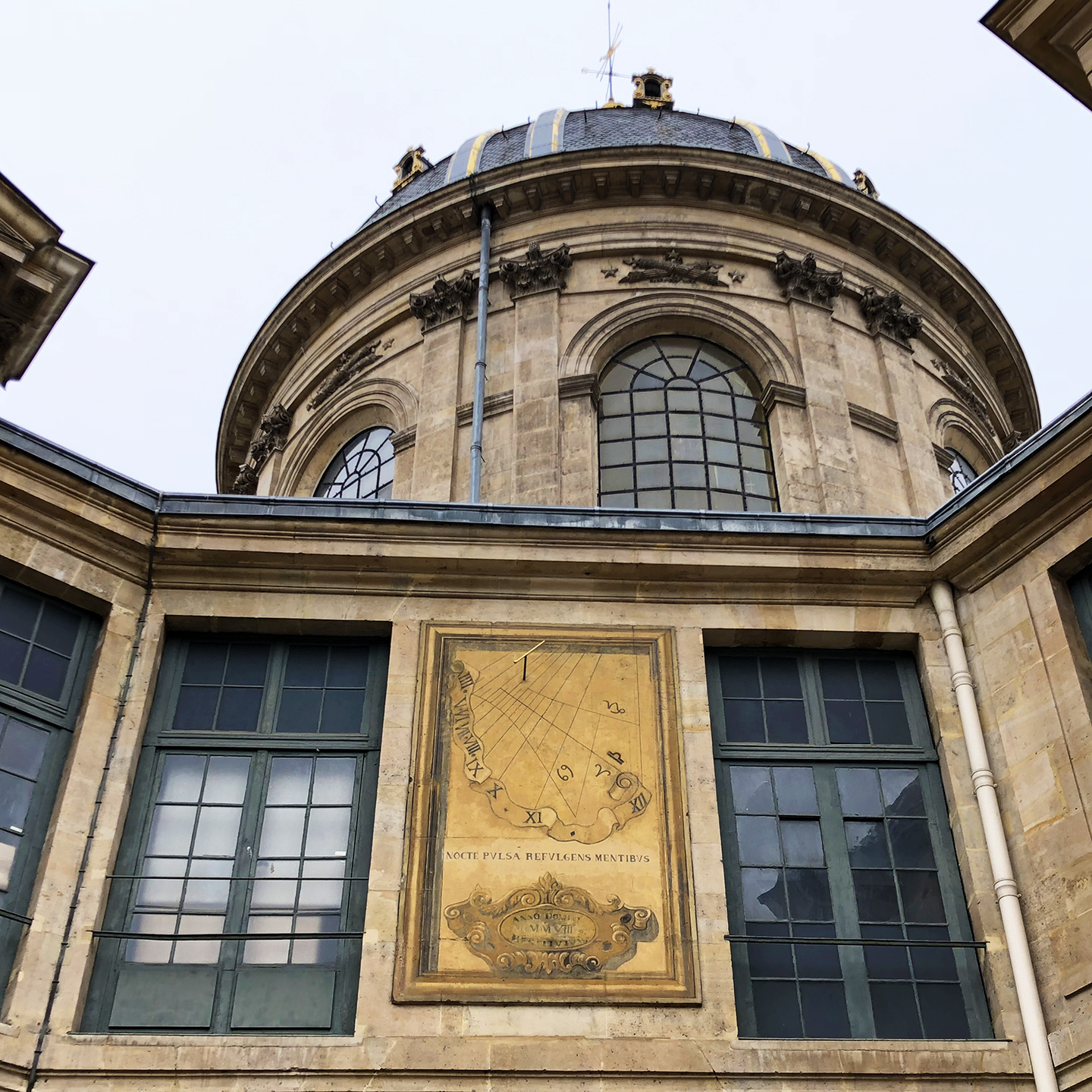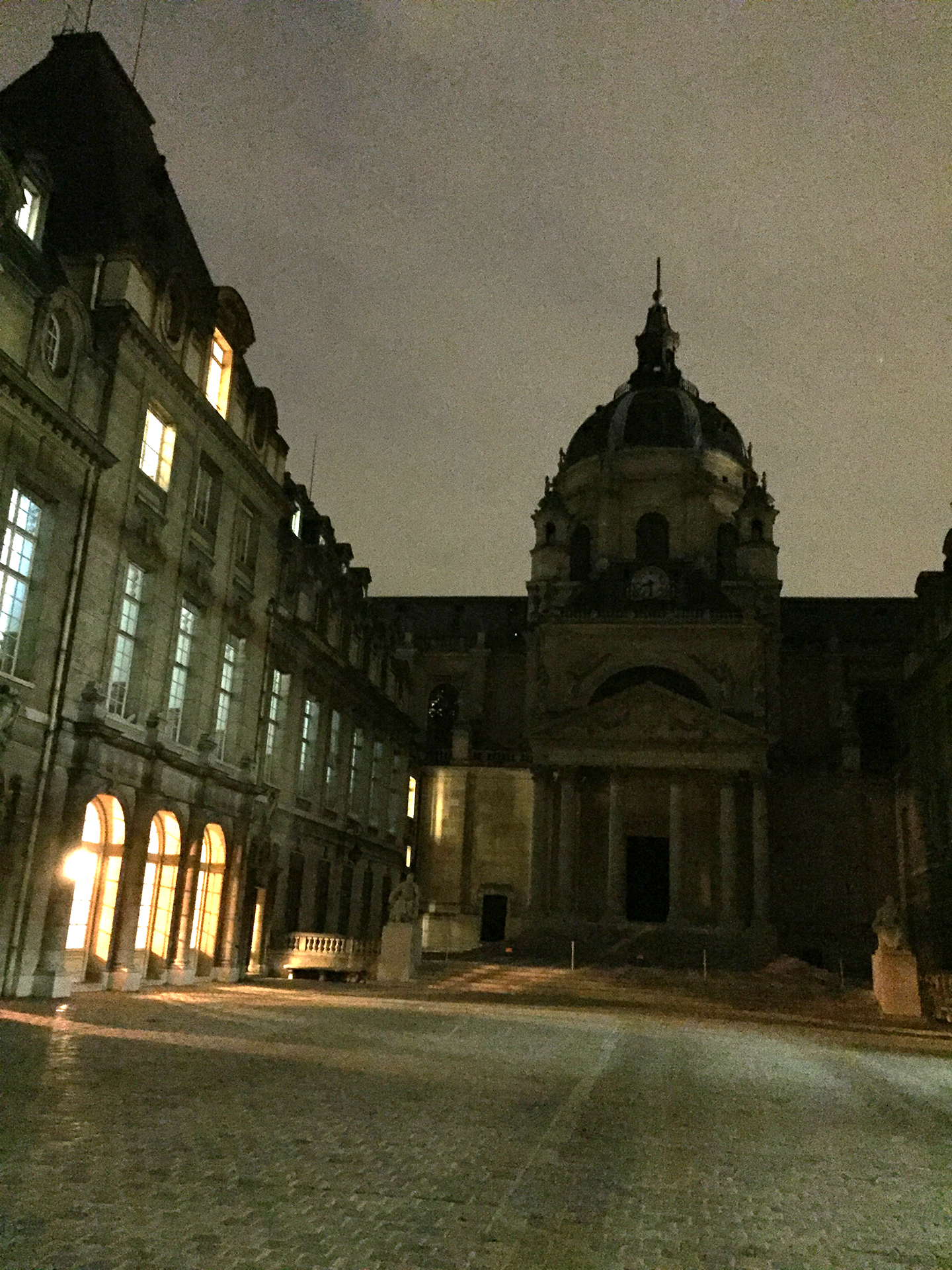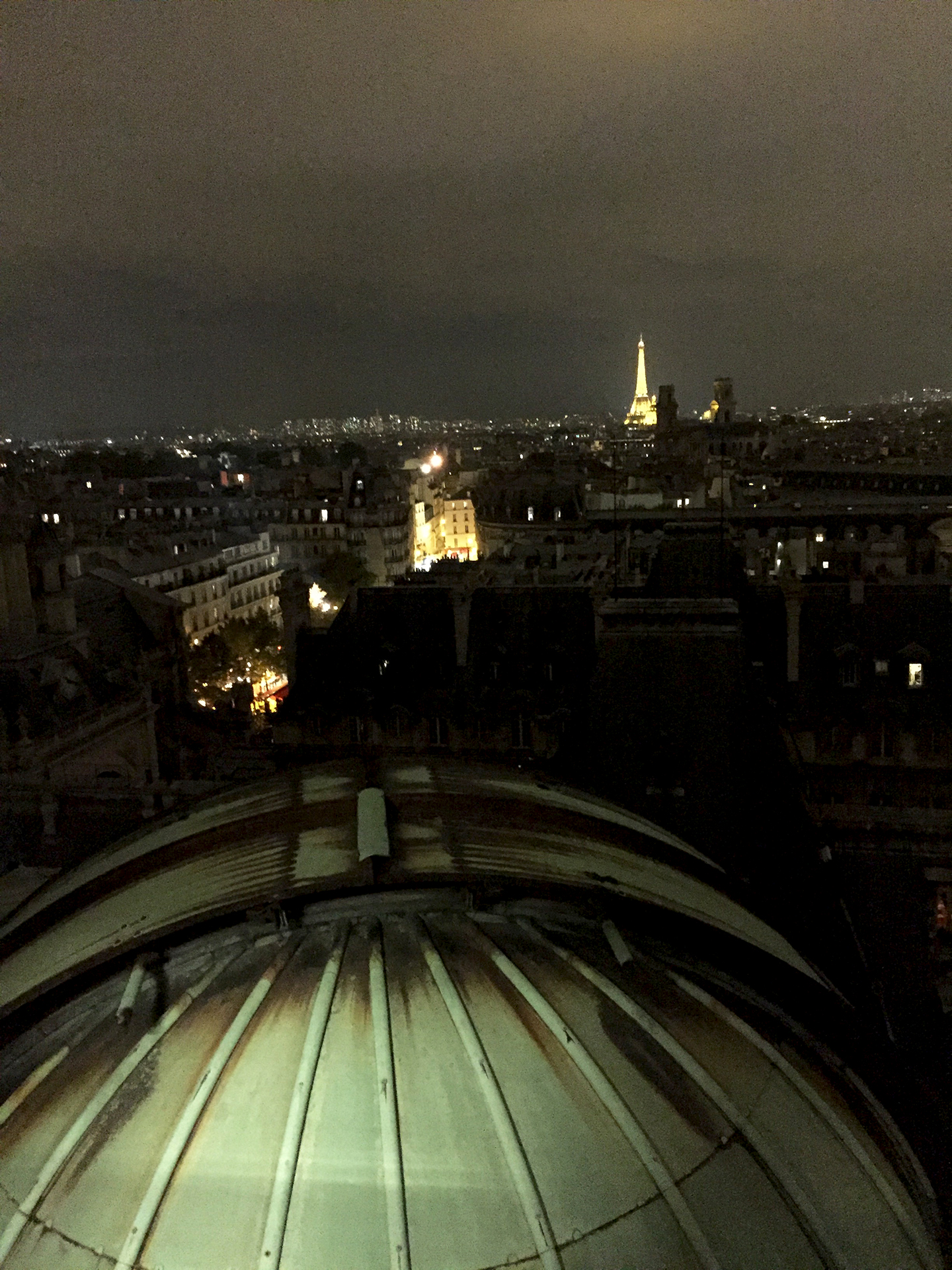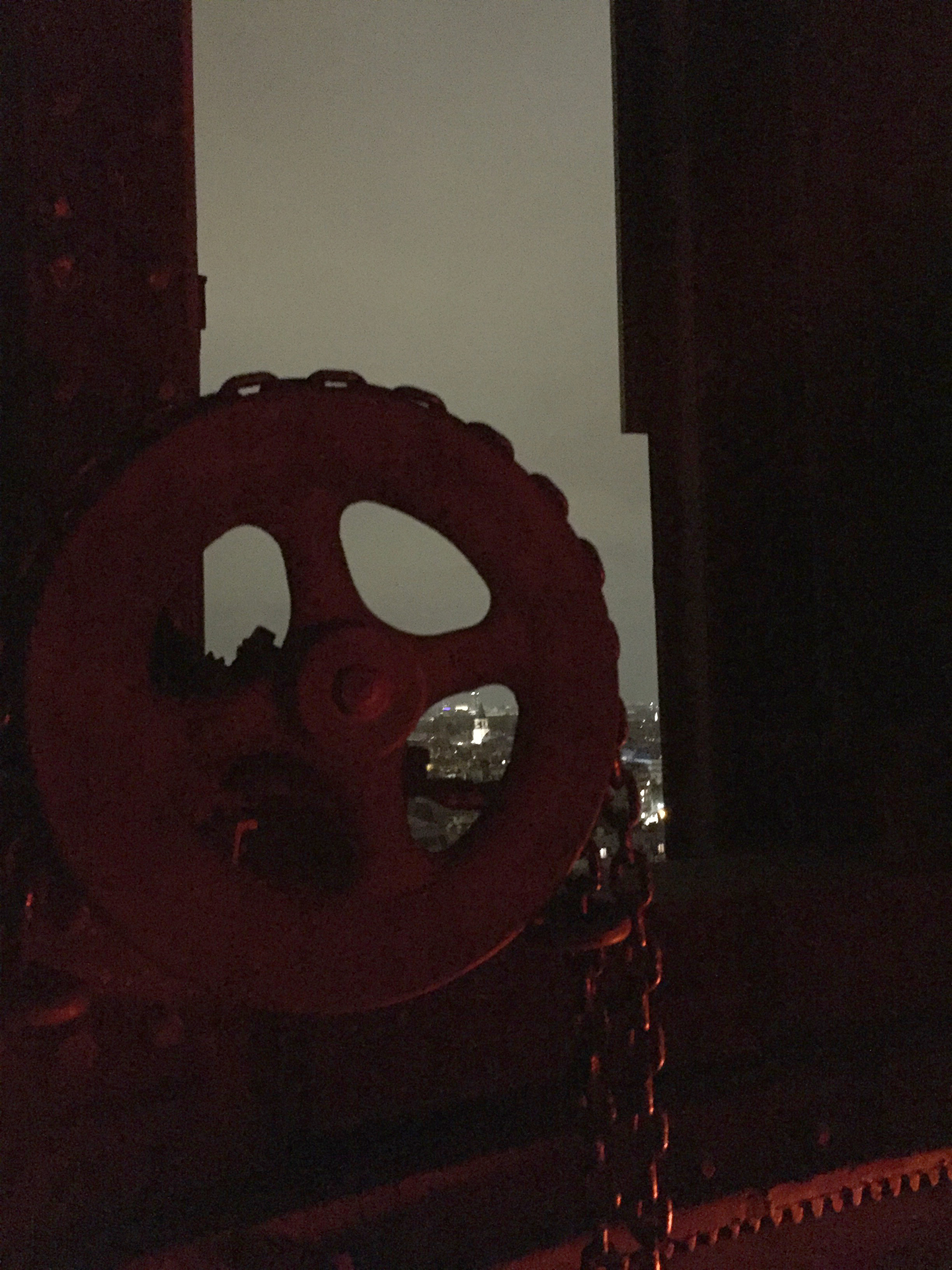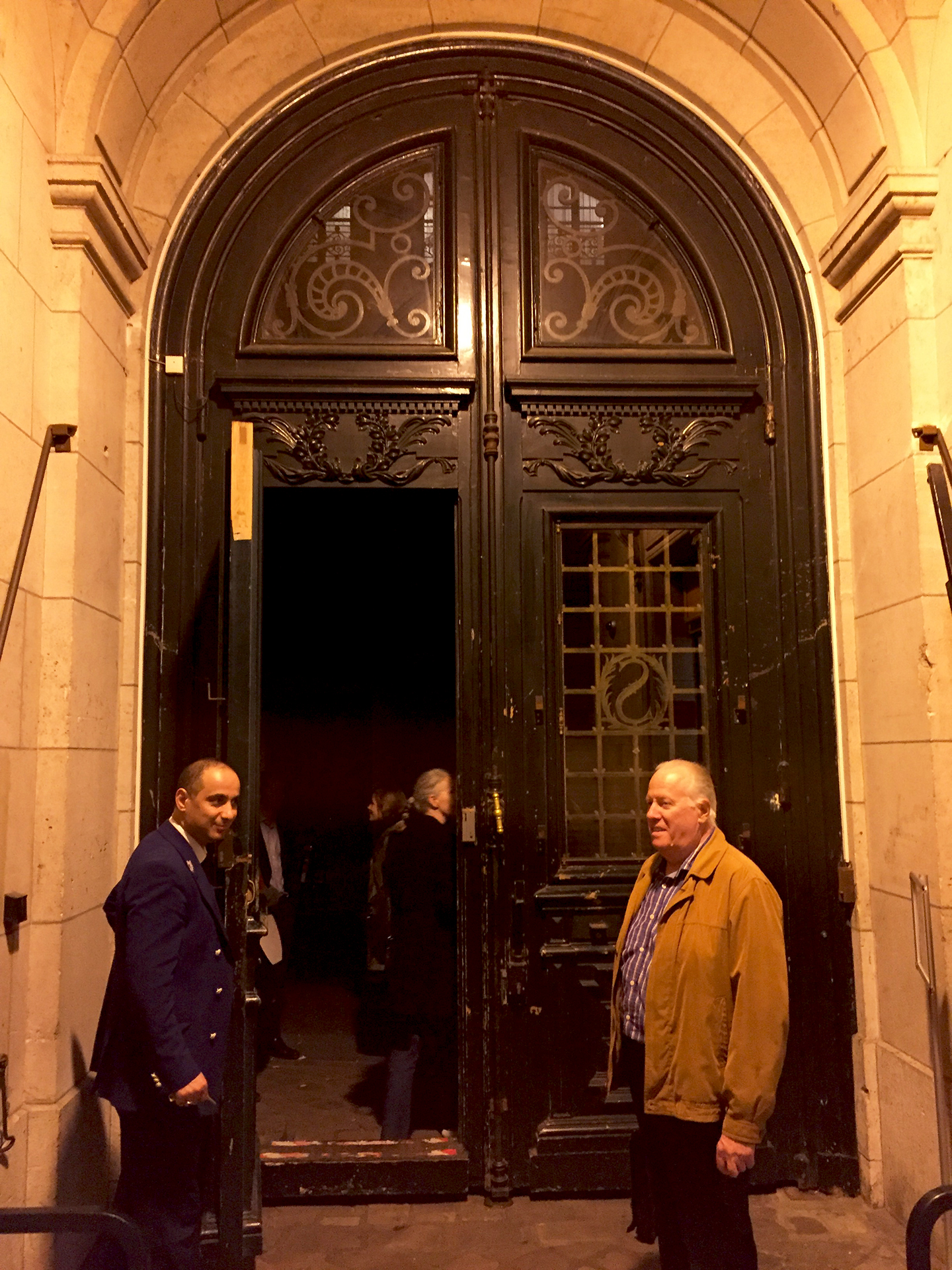During my short stay in Paris last week, I popped into the Luxembourg gardens for a couple of hours. I always seem to return to that location as it conjures up so many great memories of my student days. It’s arguably the favorite park of Parisians and visitors. It’s easy to understand why: a stately 17th-century palace, the spectacular Medicis fountain, serene gardens in the French and English styles, a large pond usually dotted with remote-controlled toy sailboats, and plenty of green metal chairs that invite long reading sessions in the sun or in the shade. Marionnettes, donkey rides, and pétanque courts are a bonus.
The Luxembourg palace is where the French Senate sits
The metal fences that surround the gardens and the palace are often used to display photographic exhibits; the gardens regularly serve as the setting for art installations. For me, the gardens themselves are always the show, no matter the season. On that warm and sunny September day, they were glorious. One often hears a picture is worth a thousand words: I’ll let my photos do the talking.
Mosaïc-like patterns
Medicis fountain
No boats today
Garden chairs: until 1974, you had to pay to sit…
Explosion of colors
Saint-Sulpice towers in the background
Quiet time
Parting shot. Fabulous dahlias.
I hope you enjoyed the stroll. Make sure to include the Luxembourg gardens every time you visit Paris!









